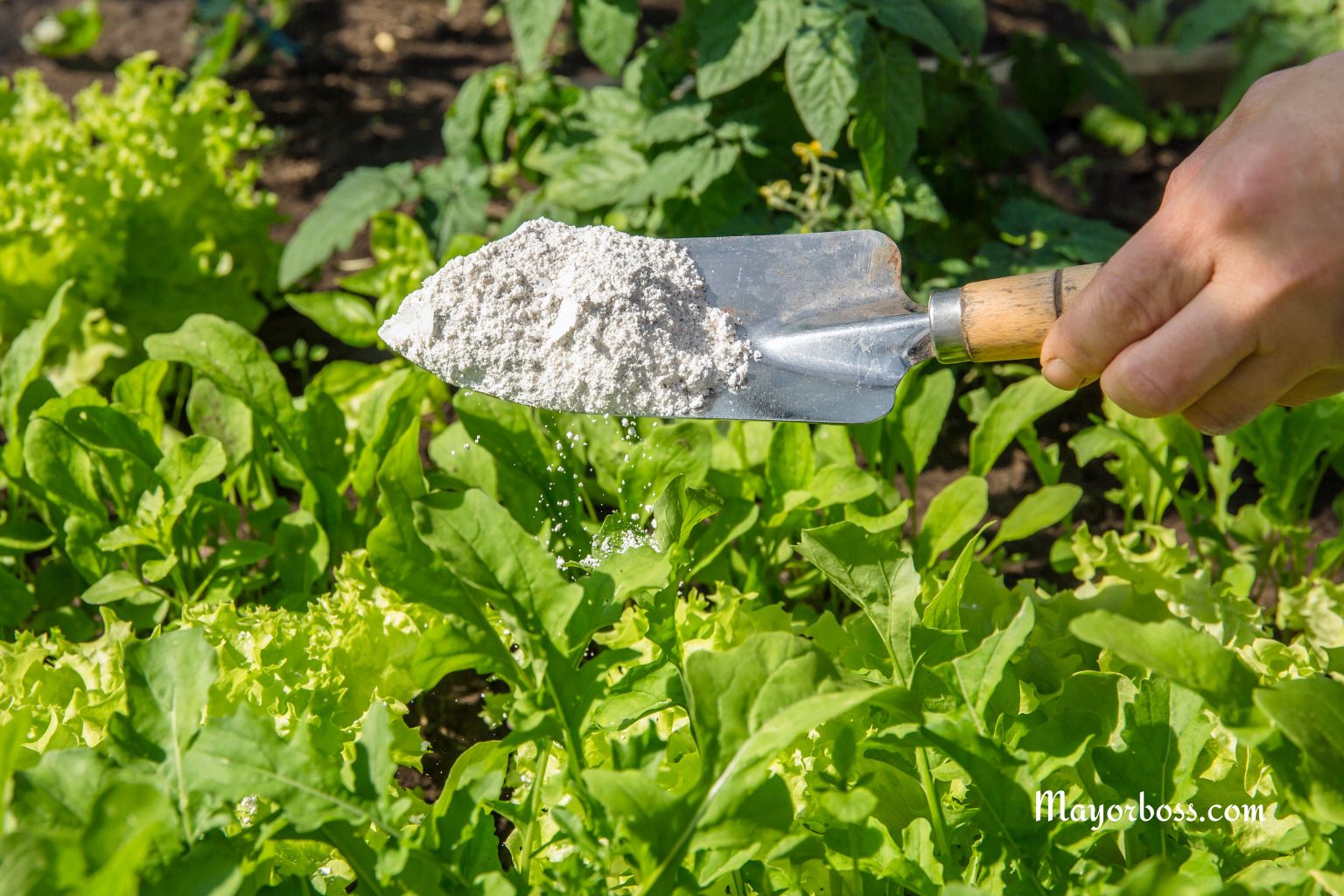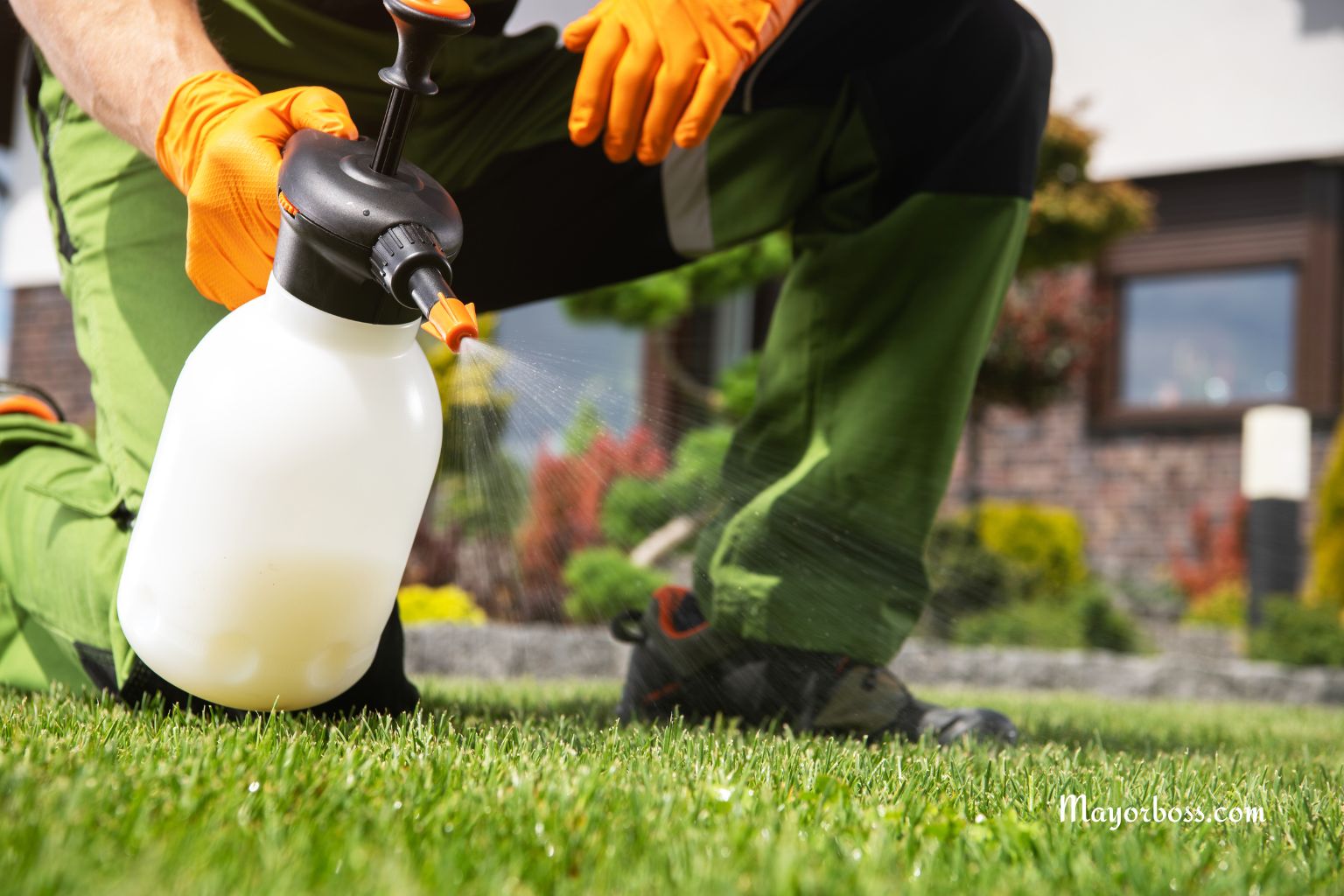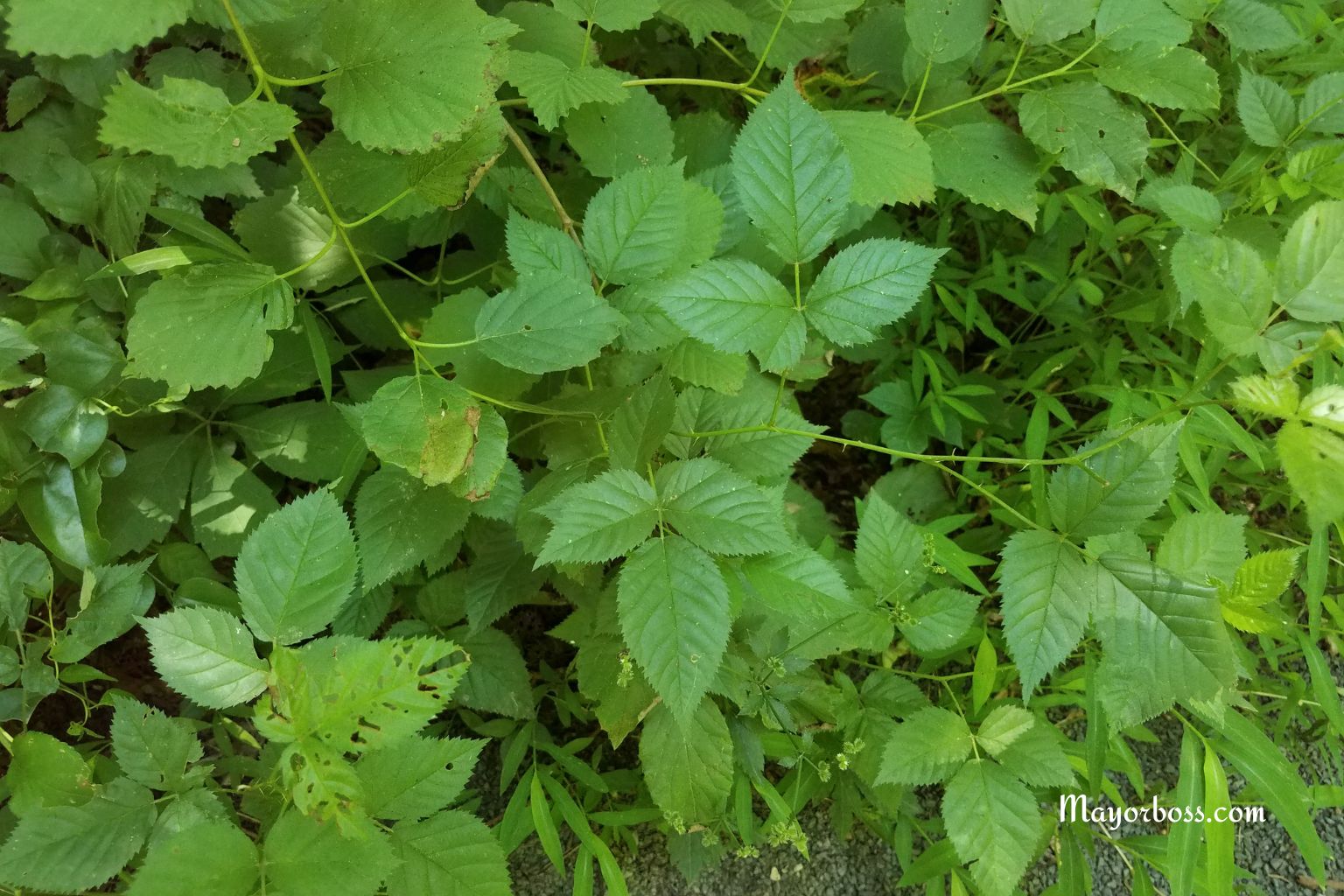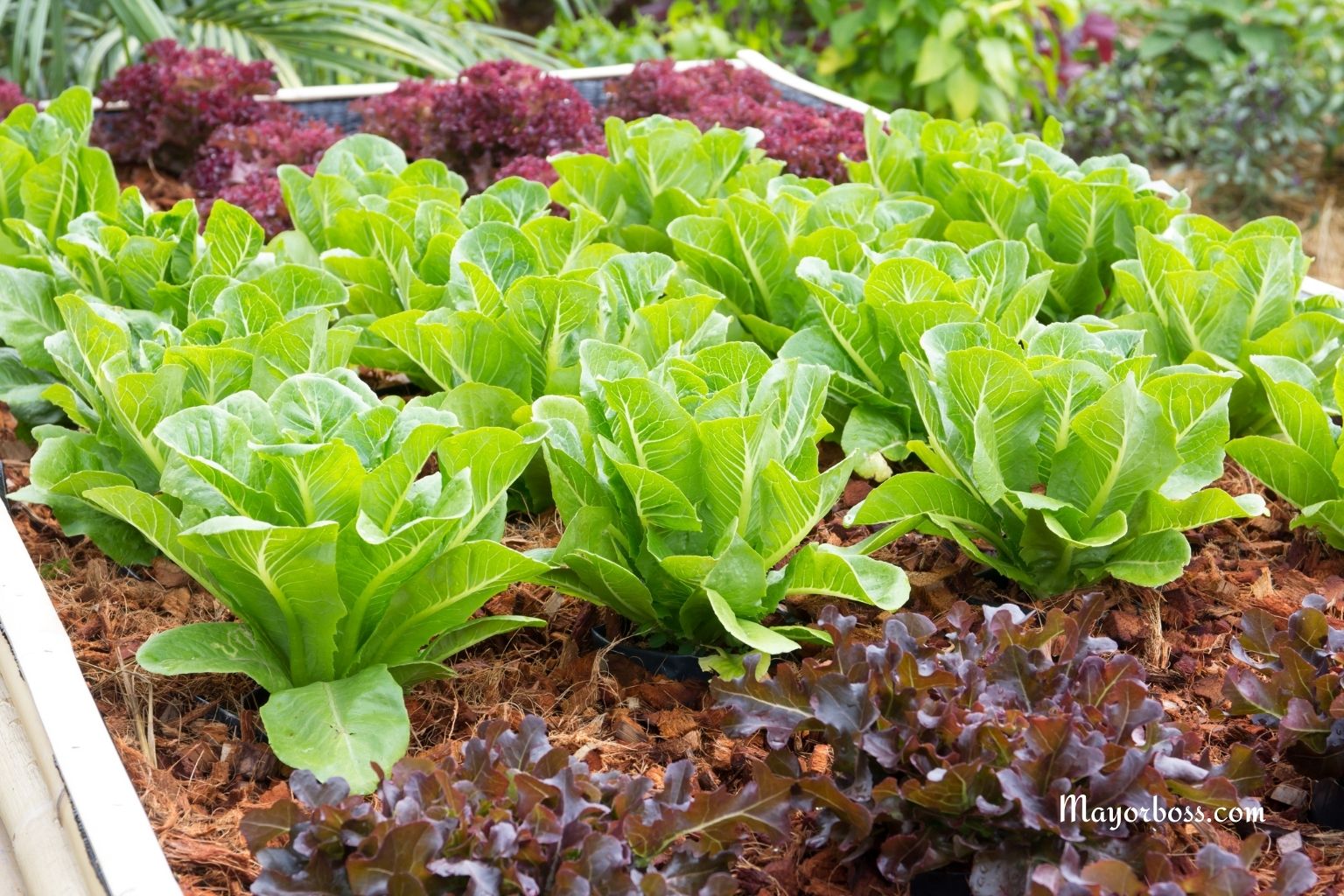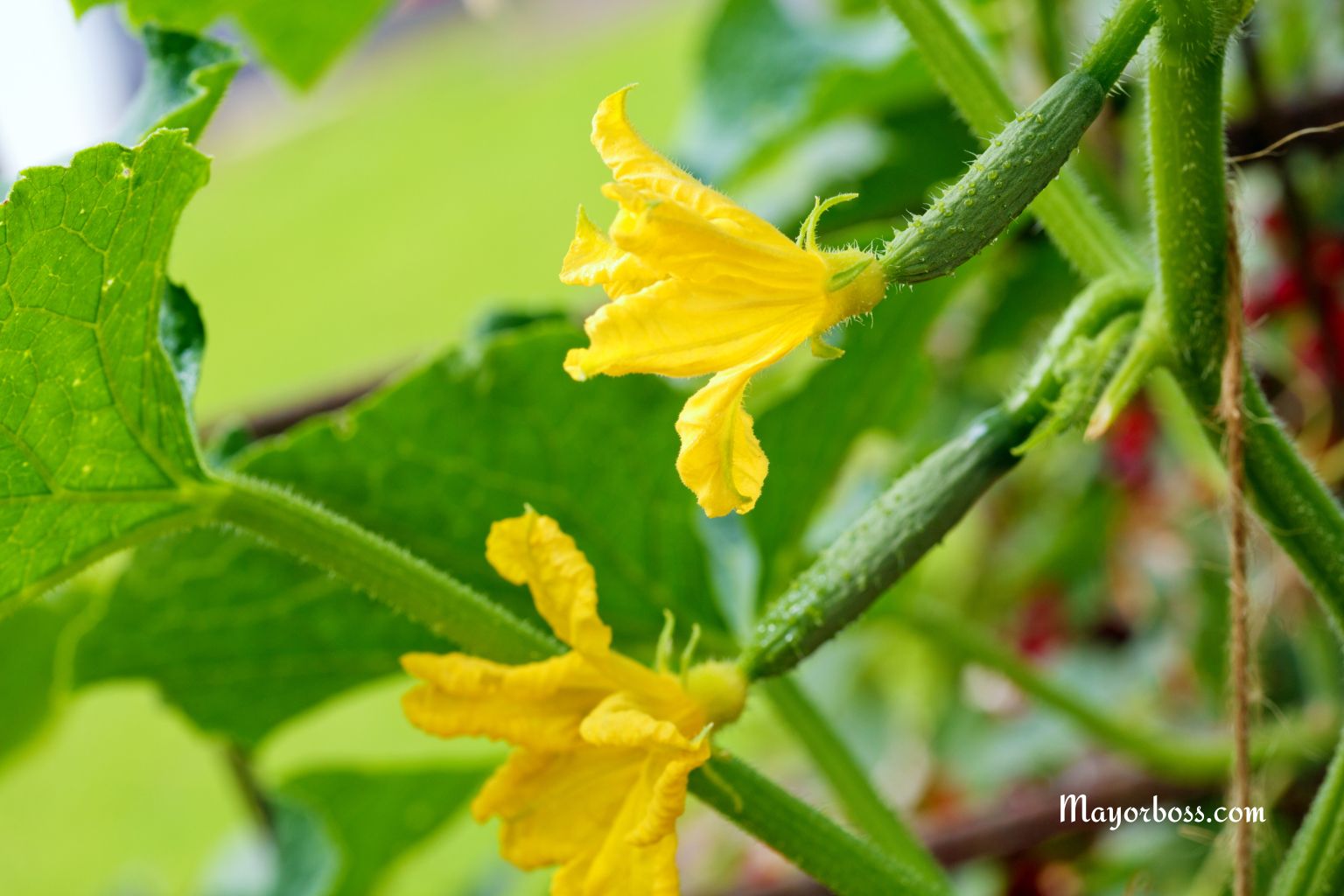How to Easily and Cheaply Make Fertilizer from Banana Peels
Banana peels aren’t trash — they’re powerful plant food. Rich in potassium and phosphorus, banana peel fertilizer can help your tomatoes, cucumbers, peppers, and even flowers grow strong and healthy. And the best part? It’s completely natural, safe, and practically free.
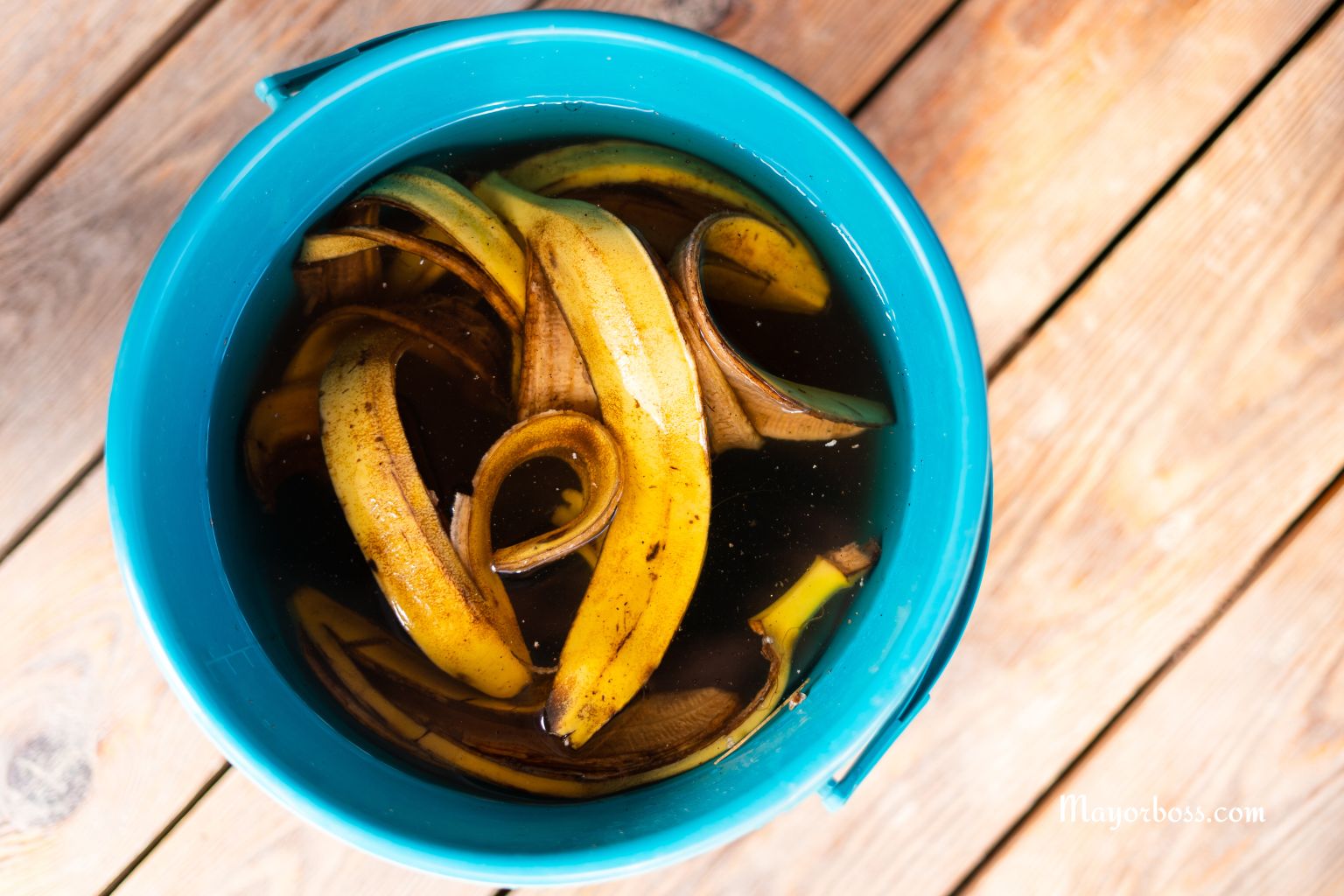
Let me show you how to turn a simple banana peel into a gentle, nutrient-rich liquid fertilizer.
Why Use Banana Peels?
Bananas are packed with essential nutrients, especially potassium (K) and phosphorus (P). These elements support:
- Strong root development
- Flower and fruit production
- Disease resistance
- Overall plant health
While the fruit nourishes us, the peel still holds a lot of value, especially for plants. Instead of tossing it in the trash, you can turn it into an organic fertilizer that works beautifully on both indoor and outdoor plants.
What You’ll Need
- 1 banana peel
- 1 liter of water
- A clean jar or bottle
- A knife
- 2–3 days of patience
How to Make Banana Peel Fertilizer
1. Cut the Banana Peel into Pieces
Use a knife to chop the banana peel into small chunks. Smaller pieces help the nutrients release into the water more easily.
2. Add Water
Place the chopped peel into a clean jar or bottle. Pour in 1 liter of water — preferably room temperature or lukewarm.
3. Let It Soak
Cover the container and leave it in a warm, shaded area. Let it sit for 2 to 3 days. During this time, nutrients from the peel will seep into the water, creating a mild, plant-friendly fertilizer.
You might notice a slight smell — that’s normal. It means the nutrients are being released.
4. Strain and Use
After 2–3 days, strain the liquid and discard the leftover peel pieces (or compost them). The water is now ready to use as a natural liquid fertilizer.
How to Use It
Pour the banana peel fertilizer directly at the base of your plants, just like you would water them. Use it once every 1 to 2 weeks for best results.
This fertilizer works well for:
- Tomatoes
- Cucumbers
- Peppers
- Houseplants
- Flowering plants (like roses or geraniums)
- Herbs
Because it’s so gentle, you don’t have to worry about overfeeding or damaging roots.
Benefits You’ll Notice
With regular use, your plants may become:
- Greener and more vibrant
- Stronger and more resistant to stress
- Better at flowering and fruiting
- Healthier overall
Banana peel fertilizer is also eco-friendly. It reduces kitchen waste and keeps your soil free from harsh chemicals.
Quick Tips
- Use ripe or slightly overripe peels for best results.
- Don’t add sugar, salt, or soap — plain water is enough.
- Avoid using peels from bananas that have been sprayed with chemicals, if possible.
- You can store the leftover fertilizer in the fridge for up to 5 days.
FAQs
1. Can I use banana peel fertilizer on seedlings?
Yes, but in small amounts. Young plants can benefit from the nutrients, but too much liquid might cause mold in moist soil. Use lightly.
2. Does it smell bad?
It may have a mild, fermented smell after a few days, but it shouldn’t be overpowering. If it smells rotten or moldy, discard it and make a fresh batch.
3. Can I blend the peels instead of soaking them?
Yes. Blending banana peels with water creates a thicker mixture you can bury near plant roots. But soaking is gentler and easier for indoor use.
4. How often should I use it?
Every 1–2 weeks during the growing season is perfect. Use less in winter when plants grow more slowly.
5. Can I mix it with other homemade fertilizers?
Yes. It pairs well with compost tea, coffee grounds water, or crushed eggshell soaks — just don’t overload your plants all at once.

